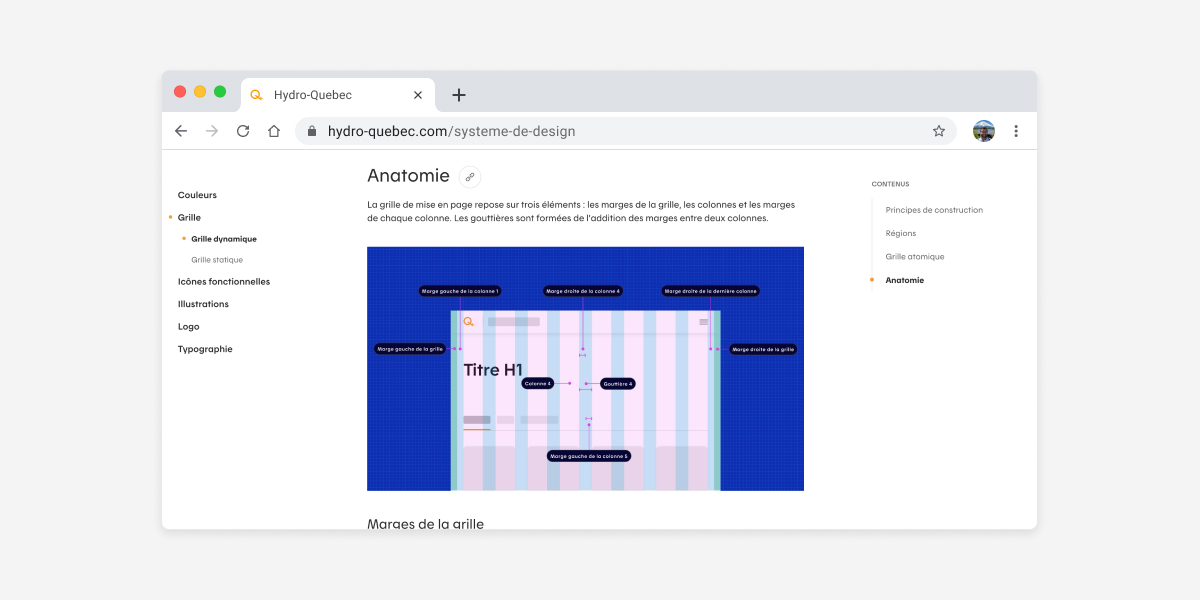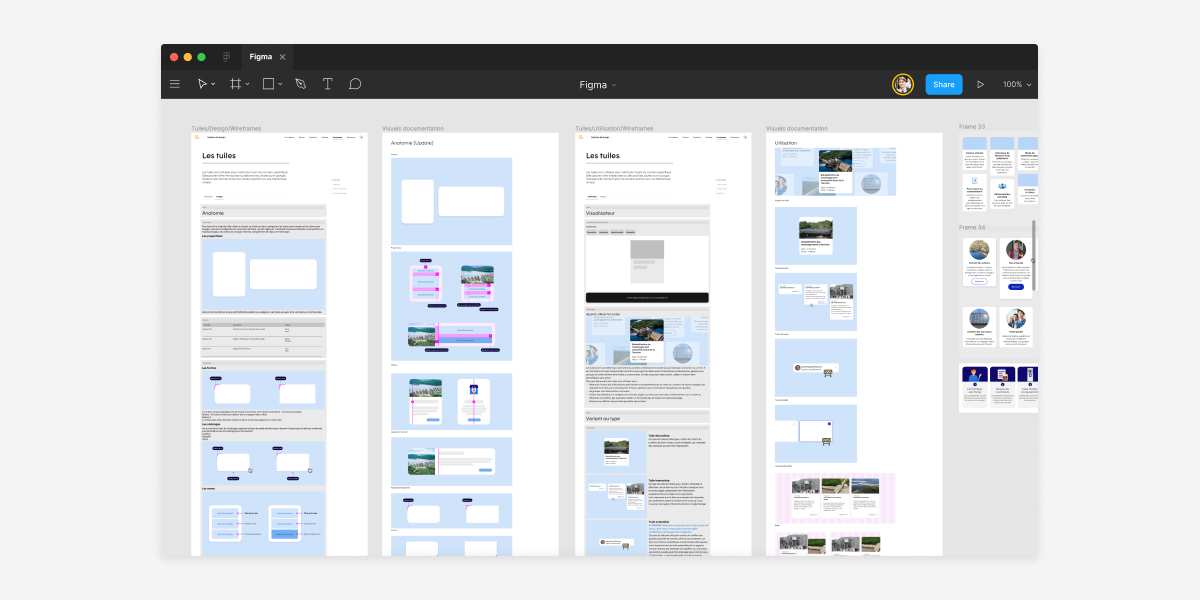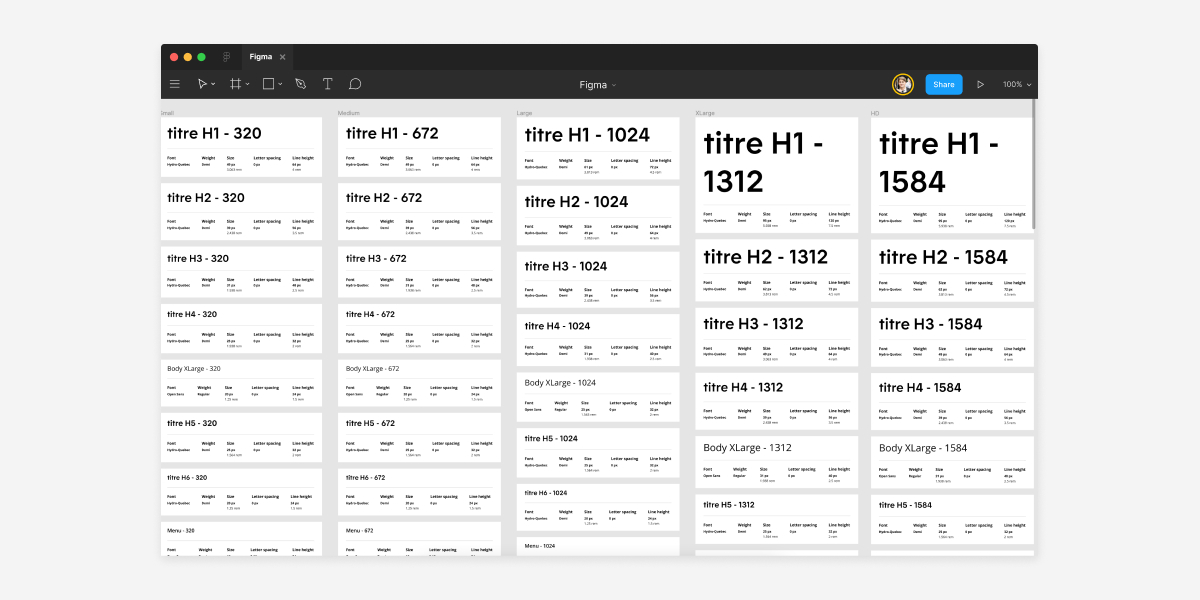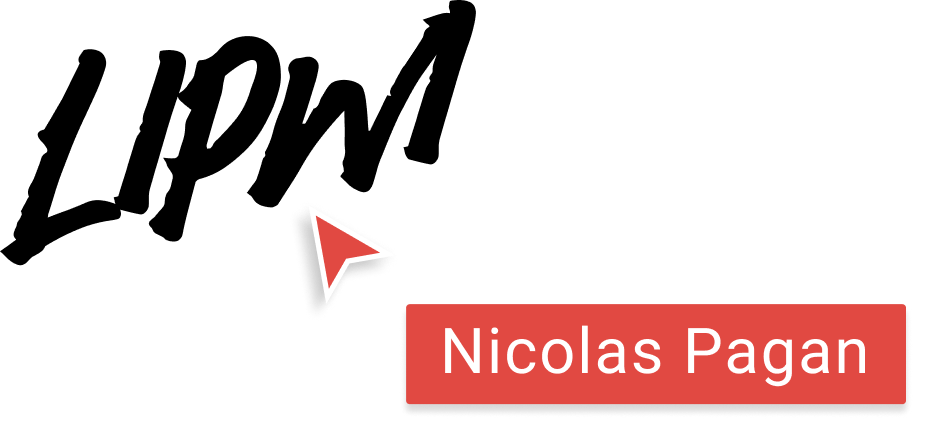Expertise
Ux design
Ui design
Platforms
Figma, Jira
Delivrables
component library & documentation
Credit
Tom Pichot – Ui Designer
Marc Cholet – Product Manager
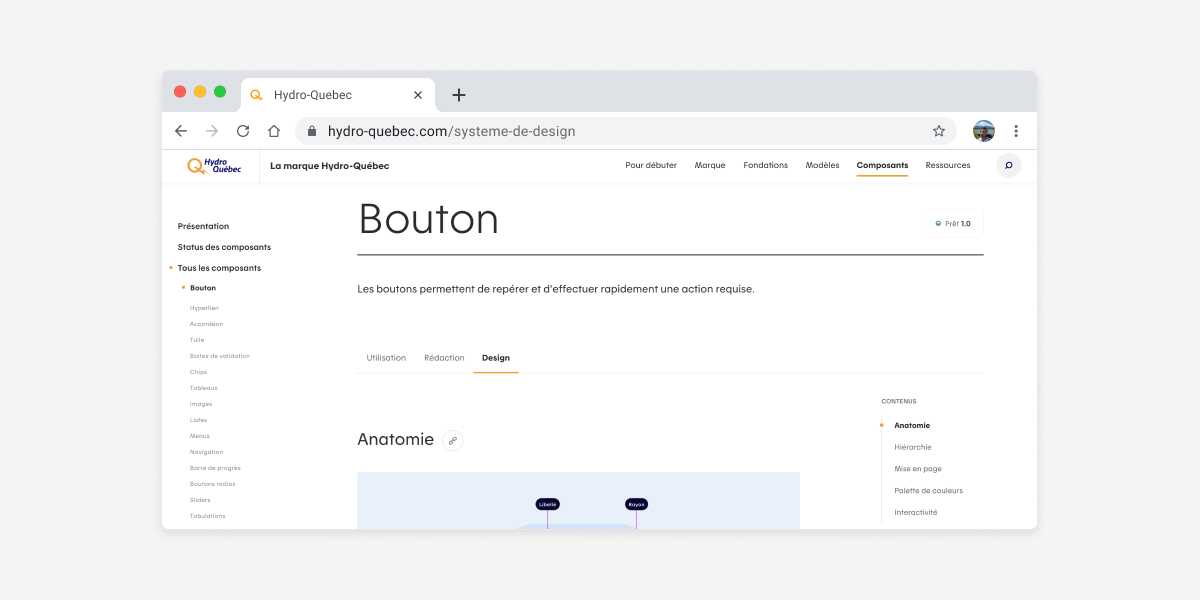
The Human-Centric Foundation: Building Together, One Idea at a Time
The initial phase of any major product or system design project is not about creating artifacts; it’s about opening a dialogue. The traditional model of a linear design chain—where research is completed, a concept is developed, and a product is created in isolation—has proven to be rigid and inefficient. Instead, the modern approach is about treating all stakeholders, from project managers and developers to the end client, as partners in a continuous creation cycle.
From Client to Co-Creator: The Power of Collaborative UX
The collaborative UX design model is a holistic approach that embraces diverse perspectives to create superior design solutions. This practice, also known as participatory design or co-design, involves a multidisciplinary team—including UX designers, developers, product managers, and end-users—in every stage of development. For the Hydro-Québec project, this meant that the client itself was considered a primary partner, a vital source of knowledge and perspective.
Engaging the client in this manner is a strategic application of core UX principles. A common failure in agency-client relationships is the « big reveal »—the presentation of a polished, final product without involving the client in its evolution. This approach not only risks misalignment but also foregoes the invaluable insights a client can provide. The iterative design process, central to collaboration, allows for the gradual unveiling of ideas, demonstrating the evolution of a design rather than simply « dumping » a finished product on them. This progressive engagement helps build trust and ensures that the final product is not just accepted, but truly owned, by the client team.
The benefits of this collaborative model are profound. By involving all participants from the outset, direct interaction with the client and other stakeholders reduces risks by identifying potential issues early, minimizing costly revisions later in the development cycle. It also helps a team avoid being fixated on a single solution, stimulating the search for more creative and effective alternatives through active discussion and diverse viewpoints. In a complex environment like a public utility, where operational details and user needs are intertwined, this shared vision is essential for success.
The entire process is anchored in an iterative approach, a continuous cycle of feedback loops. Designers create a prototype, test it with users or stakeholders, and then analyze the results to make improvements. This cycle continues until the design effectively meets user needs. This method, sometimes called « rapid prototyping » or « spiral prototyping, » allows for the rapid resolution of misunderstandings within the project team and ensures that the system requirements align with actual user needs. For a project of this scale, an agile, responsive methodology was not a luxury; it was a necessity.
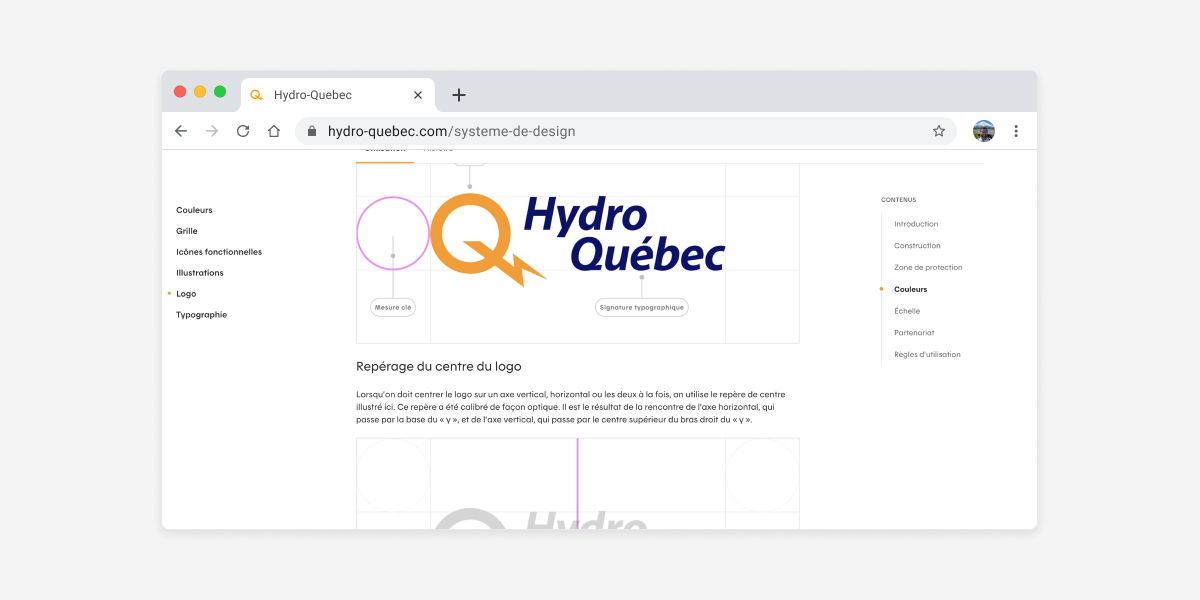
Beyond the Blueprint: How a 9-Month UX Design Initiative for Hydro-Québec Built a Foundation for Digital Transformation
The modern digital landscape demands more than just visually appealing interfaces; it requires a strategic, human-centric approach that builds a foundation for scalable growth and enduring consistency. This is the core principle that guided a 9-month UX design initiative undertaken for Hydro-Québec, a major public utility, while working with the digital transformation agency Nurun in Montreal. The project was not a simple design contract but a high-stakes, strategic effort to evolve a complex digital ecosystem. The mission was about more than just delivering a product; it was about building a shared vision, a common language, and a technical framework that could empower teams for years to come.
This report delves into the two non-negotiable pillars of that mission: a deep, collaborative partnership with the client that progressively built ideas from the ground up, and a robust, scalable technical architecture powered by a comprehensive design system and its foundational design tokens. It explores how a human-centric approach, combined with architectural rigor, serves as the ultimate catalyst for successful digital transformation.
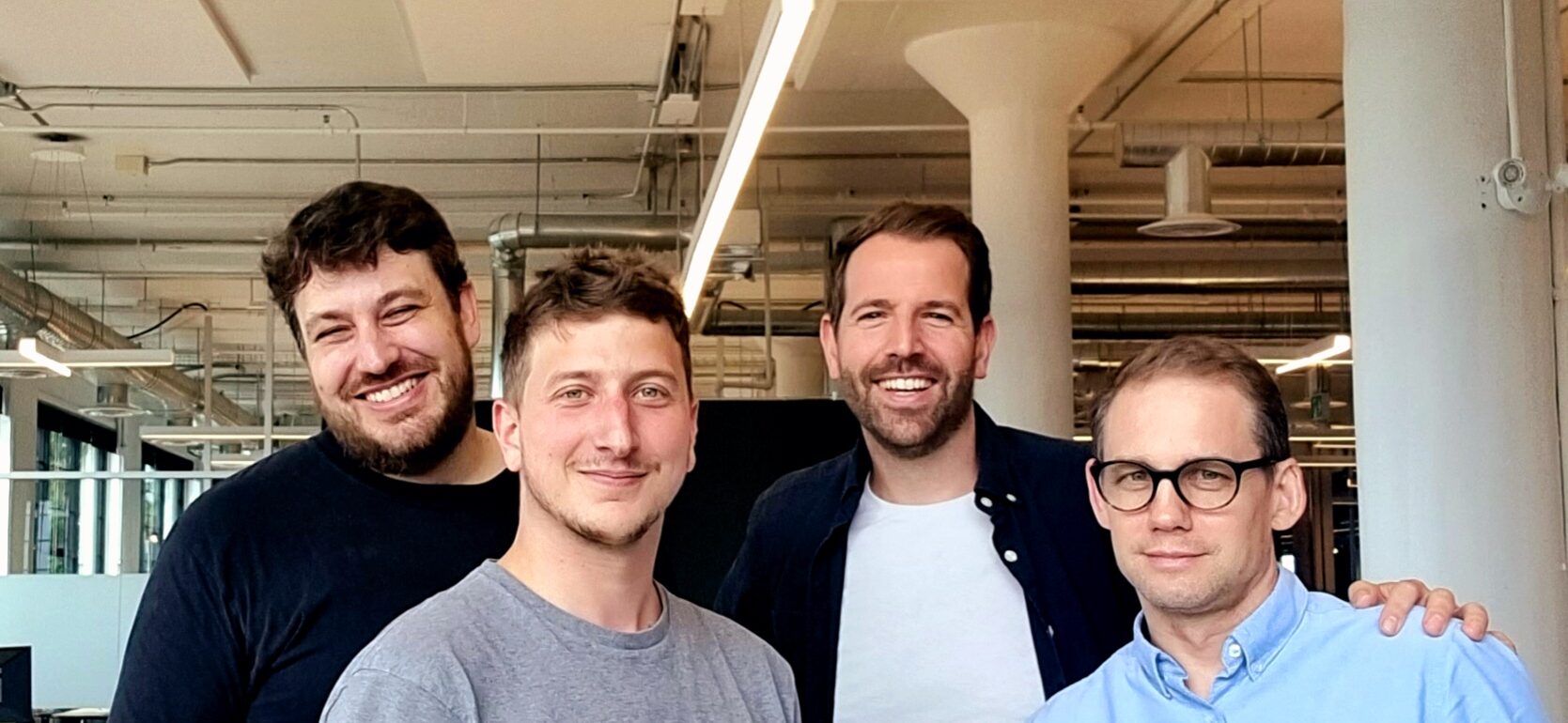
Beyond the Project: Building a Legacy of Scalability and Consistency
A design system is not a static artifact delivered at the end of a project; it is a living, breathing entity that requires continuous care and a clear governance model to ensure its long-term health and success. The 9-month project for Hydro-Québec was the critical starting point, establishing a foundation that would need to be maintained and evolved over time.
The Systemic Value of Governance and Documentation
The systemic value of a design system is realized only when it is actively managed. This requires a process of governance—the management and maintenance of the system—that ensures consistency, adoption, and scalability. For a large organization, this often means designating a single person or a dedicated team to act as a « gatekeeper » or « organizer » for the library. This helps prevent the creation of « rogue components » and reduces the potential for design drift—the slow, uncontrolled erosion of a brand’s visual identity.
A key part of this governance process is the establishment of a shared vision and a joint roadmap between design and engineering teams. This ensures that both sides of the product development process are aligned on priorities and goals. This kind of cross-functional collaboration is critical, as it fosters a shared sense of ownership and accountability. The project team went beyond just creating the components; it advocated for a dedicated role in engineering to focus on the design system, ensuring it would remain a shared priority long after the initial mission was complete.
Finally, the design system is only as effective as its documentation. The process must extend past a simple Figma file or component library. Clear, accessible documentation that serves as a single source of truth for both design and engineering teams is vital. This documentation can include deep dives on component usage, contribution standards, and the philosophical underpinnings of the system itself. This ensures that as new team members join or as the system evolves, everyone is working from the same playbook, with a shared understanding of the purpose and value of the system.
